Monosolenium Griffith
liverwort
Monosoleniaceae
Riccia, Ricciocarpus, Lomariopsis (Süßwassertang)
cosmopolitancosmopolitan:
(adj) essentially worldwide in distribution
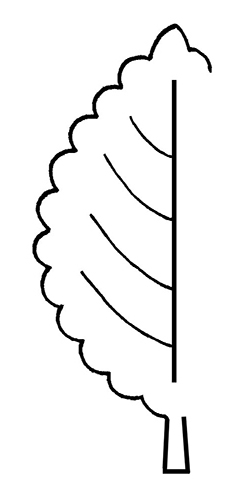
Monosolenium tenerum Griffith
information not available
information not available
flat, thalloidthalloid:
(adj) (1) having a plant body not differentiated into roots, stems, and leaves (a thallus); (2) thallus-like

Liverwort (nonvascular plant). Gametophytegametophyte:
(n) the gamete-producing haploid phase in the plant life cycle; in some lower vascular plants it is multicellular and independent
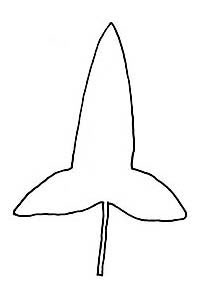 is the life stage most used in aquaria. Gametophytegametophyte:
is the life stage most used in aquaria. Gametophytegametophyte:
(n) the gamete-producing haploid phase in the plant life cycle; in some lower vascular plants it is multicellular and independent
 consists of a broad, flat spreading thallusthallus:
consists of a broad, flat spreading thallusthallus:
(n) a photosynthetic plant body that is not (or apparently not) differentiated into stems, roots, and leaves
 with root-like scales and rhizoids below, which anchor the thallusthallus:
with root-like scales and rhizoids below, which anchor the thallusthallus:
(n) a photosynthetic plant body that is not (or apparently not) differentiated into stems, roots, and leaves
 to the substrate. It reproduces asexually by producing vegetativevegetative:
to the substrate. It reproduces asexually by producing vegetativevegetative:
(adj) (1) pertaining to or to the growth of plant organs or plant parts that have nonreproductive functions, such as leaves, roots, stems, etc.; (2) concering non sexual propagules such as tubers, turions, stem fragments, root crowns, rhizomes
 diaspores (gemmae) from gemmae cups on the dorsaldorsal:
diaspores (gemmae) from gemmae cups on the dorsaldorsal:
(adj) (1) of the back of an organ or the side turned away from the axis (syn. abaxial) (compare ventral); (2) in thallose plants (e.g. liverworts); of the upper surface
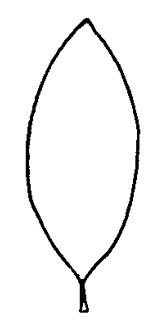 surface of the thallusthallus:
surface of the thallusthallus:
(n) a photosynthetic plant body that is not (or apparently not) differentiated into stems, roots, and leaves
 , which germinate to form a new plant genetically identical to the parent plant. The gemmae are dispersed when water droplets fall into the splash cups; the shape of the cup makes the water splash out, and it takes some gemmae with it, carrying them far away from the parent plant.
, which germinate to form a new plant genetically identical to the parent plant. The gemmae are dispersed when water droplets fall into the splash cups; the shape of the cup makes the water splash out, and it takes some gemmae with it, carrying them far away from the parent plant.
shallow water and wet ground
Monosolenium material cultivated for the aquarium trade has in the past been erroneously sold as Pallavicinia Gray or Pellia Raddi (P. Davison, R. Gradstein, personal communication). Pallavicinia has a pale conducting strand or “mid vein” while Pellia is uniformly colored. Monosolenium is "readily distinguished from Pellia endiviifolia, when sterilesterile:
(adj) lacking male and/or female reproductive parts; not producing fruit, seed, pollen, spores, etc.
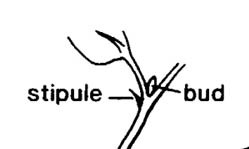 , by its papillosepapillose:
, by its papillosepapillose:
(adj) bearing papillae
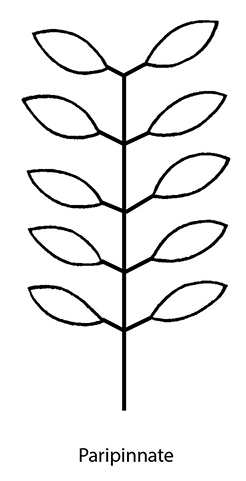 rhizoids, ventralventral:
rhizoids, ventralventral:
(adj) of the front of an organ or the side facing or nearest the axis (syn. adaxial) (compare dorsal); upper surface
 scales and the presence of numerous ocelliocellus:
scales and the presence of numerous ocelliocellus:
(n) (pl. ocelli) an eye-like mark; a spot of color surrounded by another spot of color
in the epidermisepidermis:
(n) the outer layer of cells on a plant structure
 (easily visible with the hand lens as grayish-white dots)" [The Bryological Times Number 108, p. 9, January 2003, "Rare liverwort turns up as aquarium plant: request for information" by Rob Gradstein]. Another species of liverwort, Riccardia chamedryfolia (With.) Grolle is also similar in appearance.
(easily visible with the hand lens as grayish-white dots)" [The Bryological Times Number 108, p. 9, January 2003, "Rare liverwort turns up as aquarium plant: request for information" by Rob Gradstein]. Another species of liverwort, Riccardia chamedryfolia (With.) Grolle is also similar in appearance.